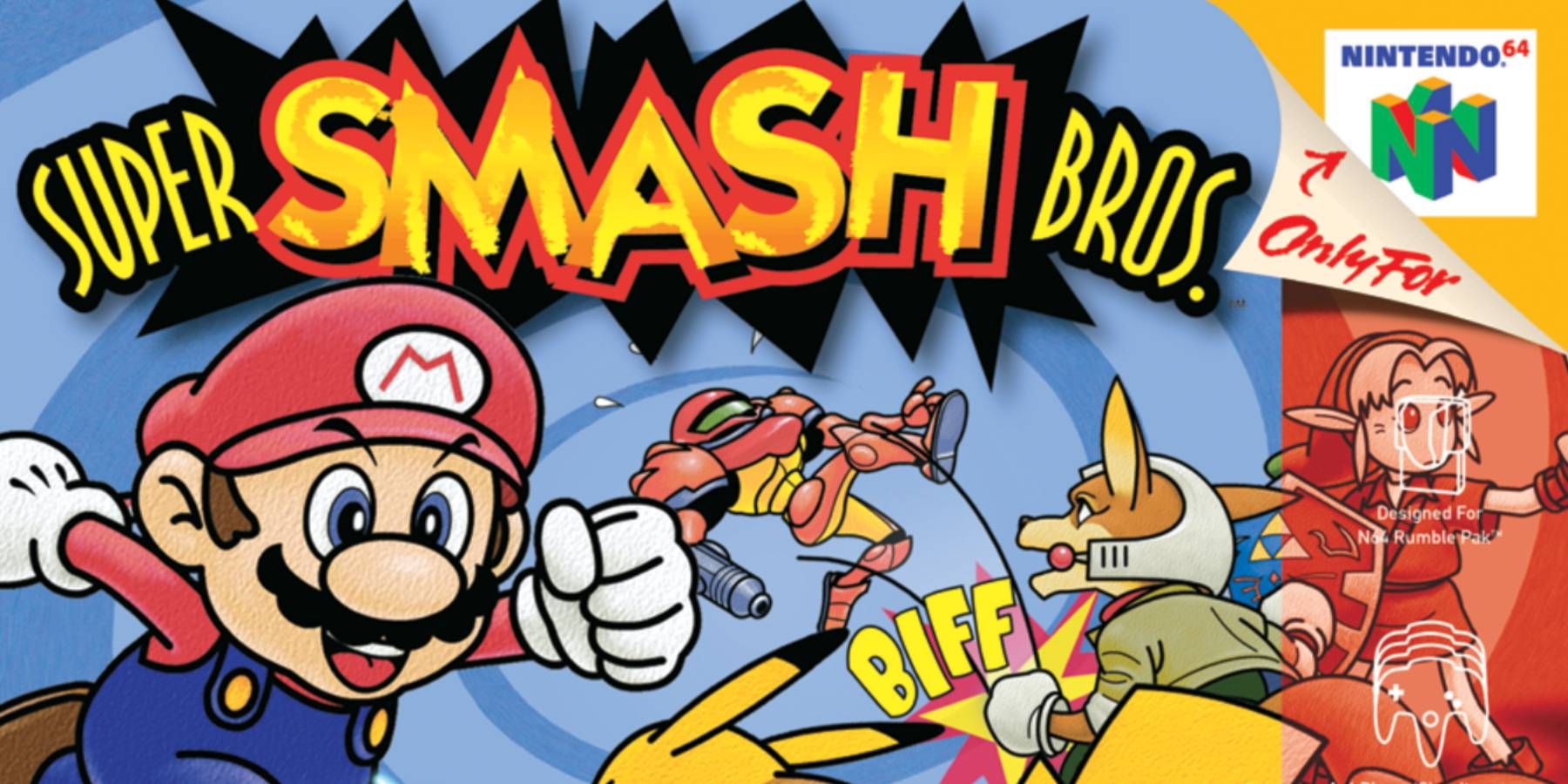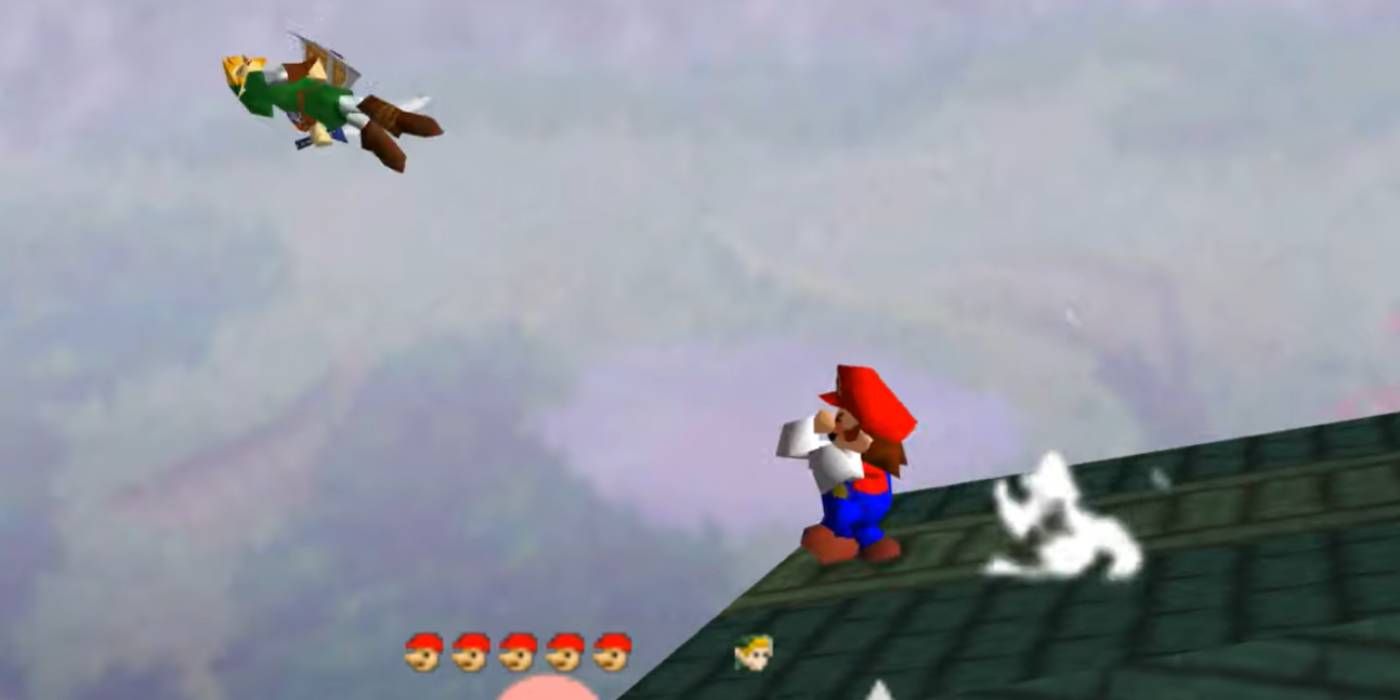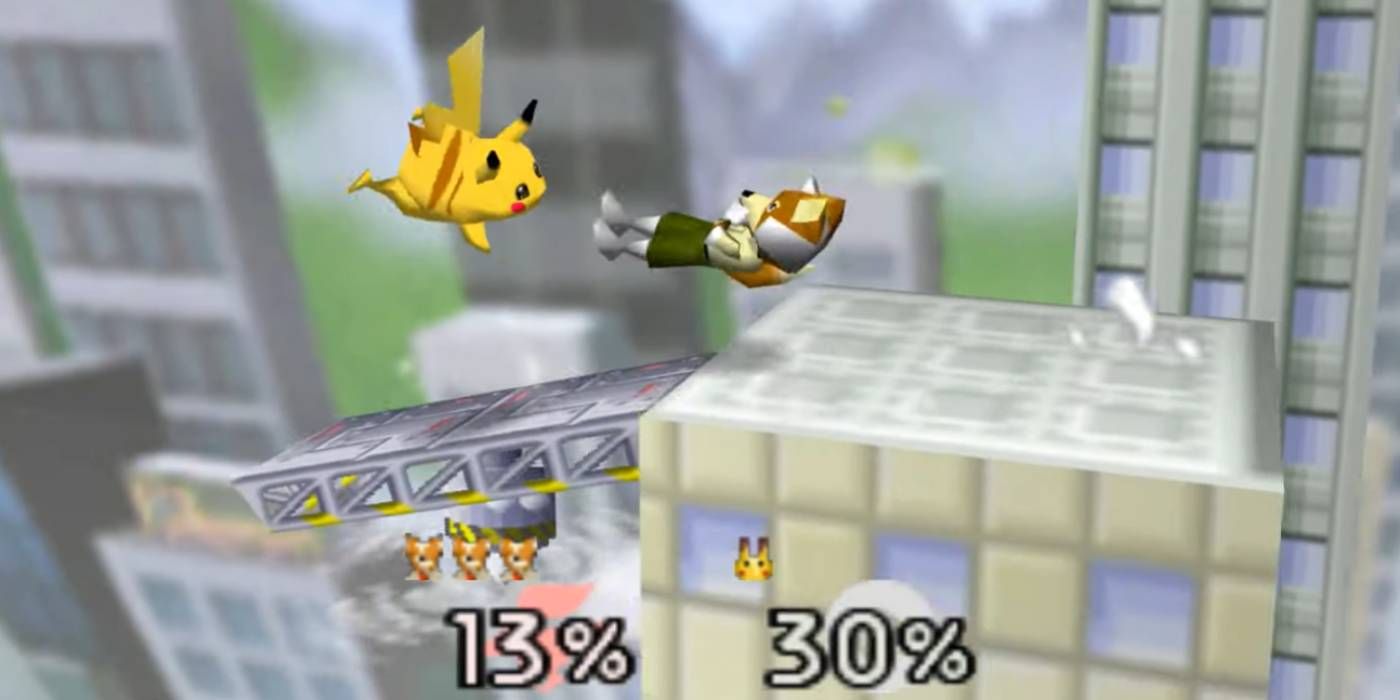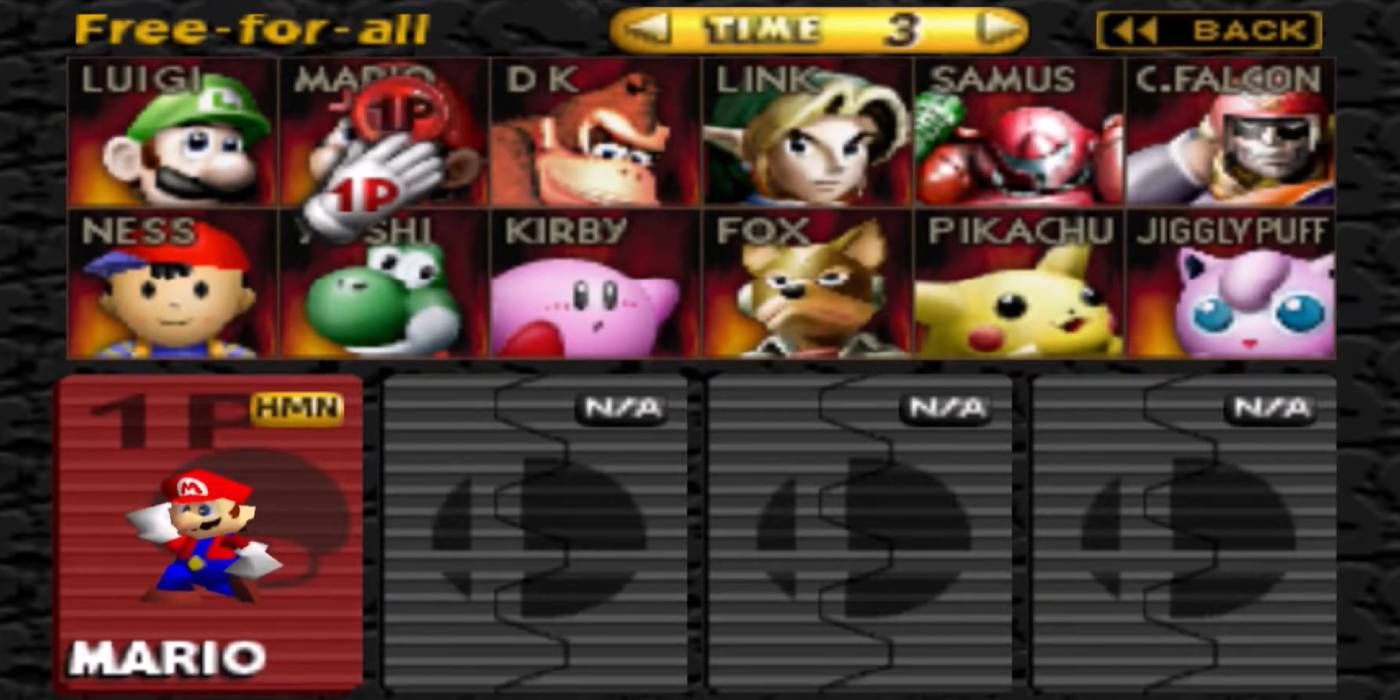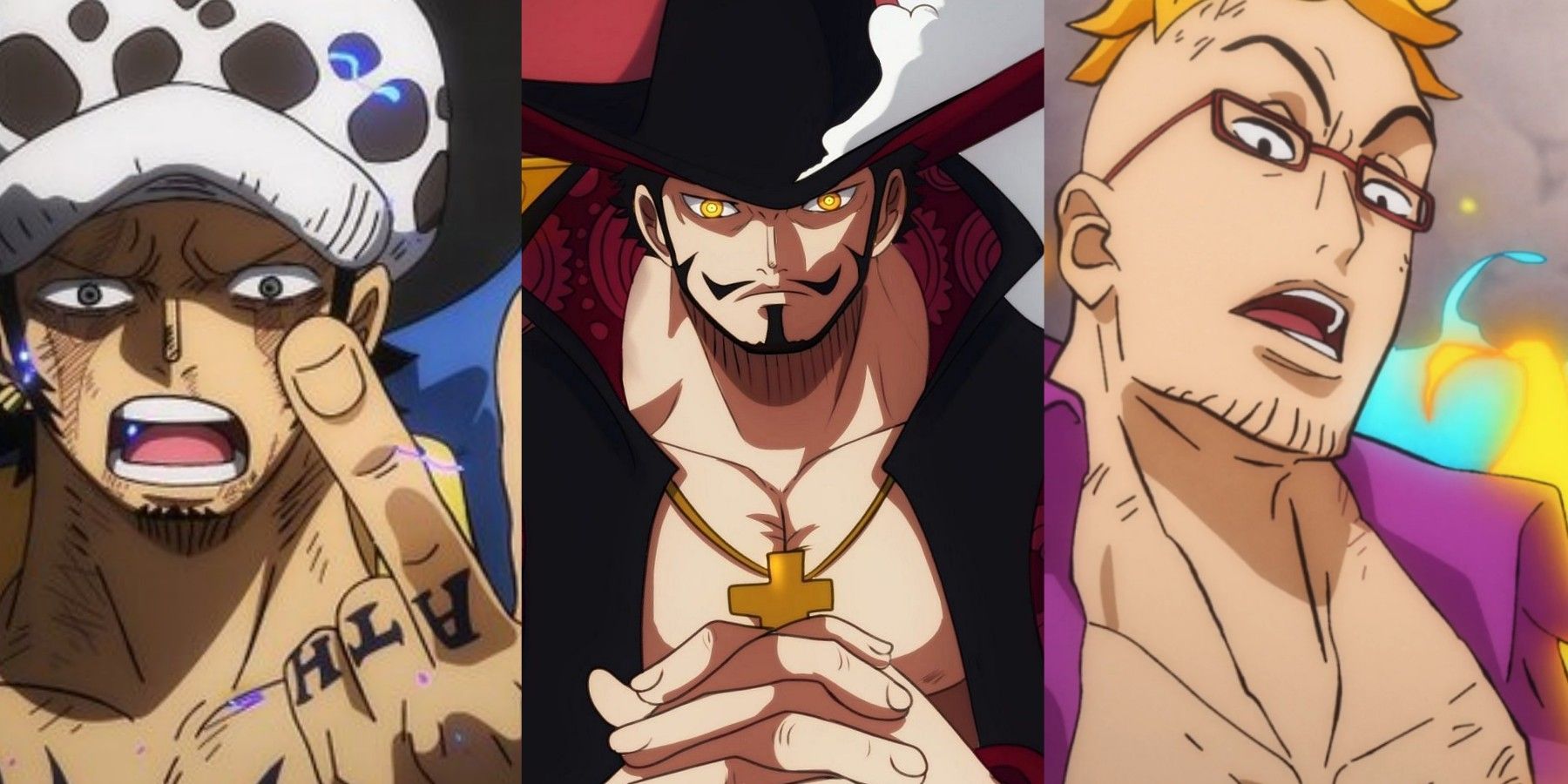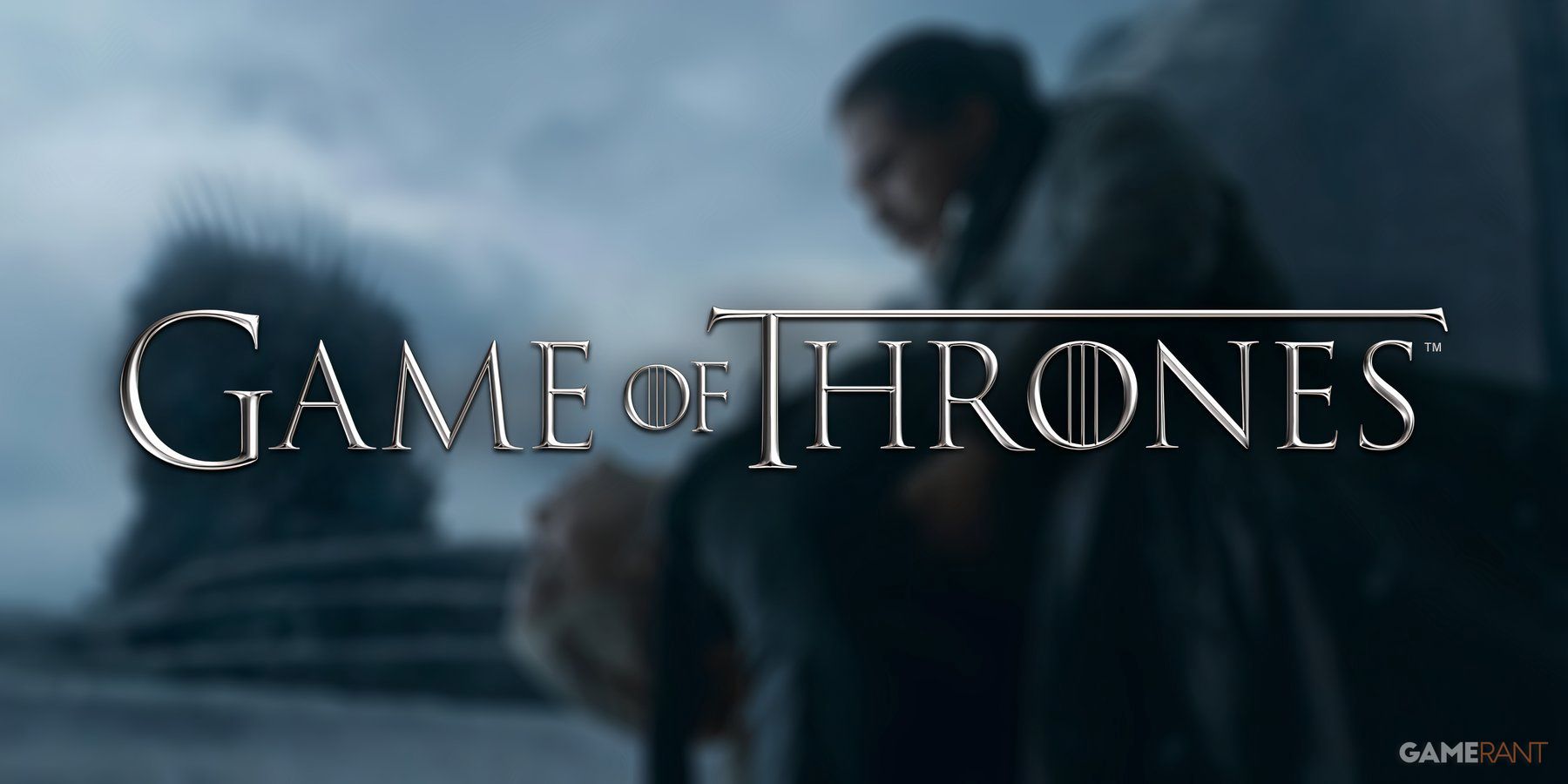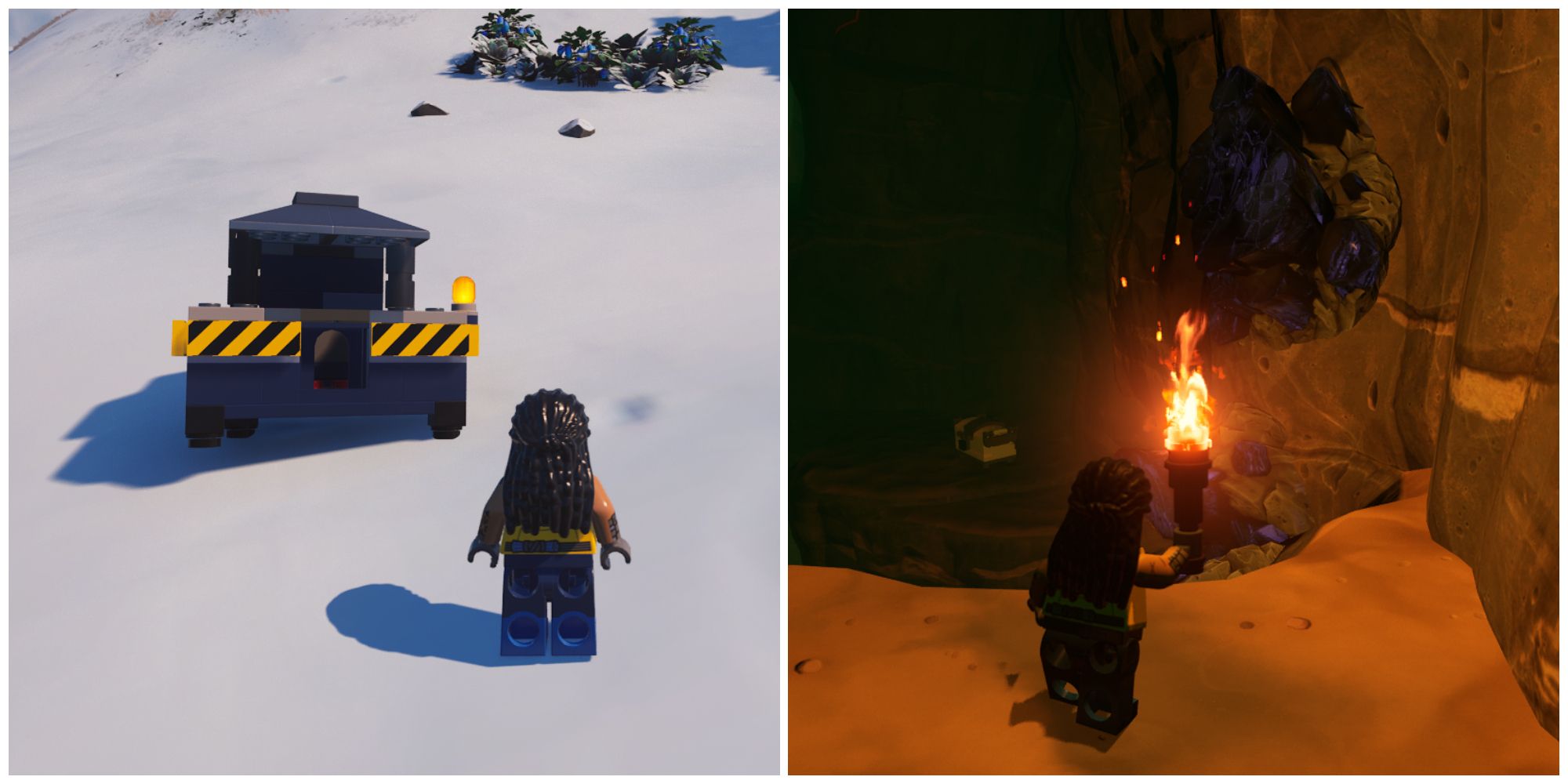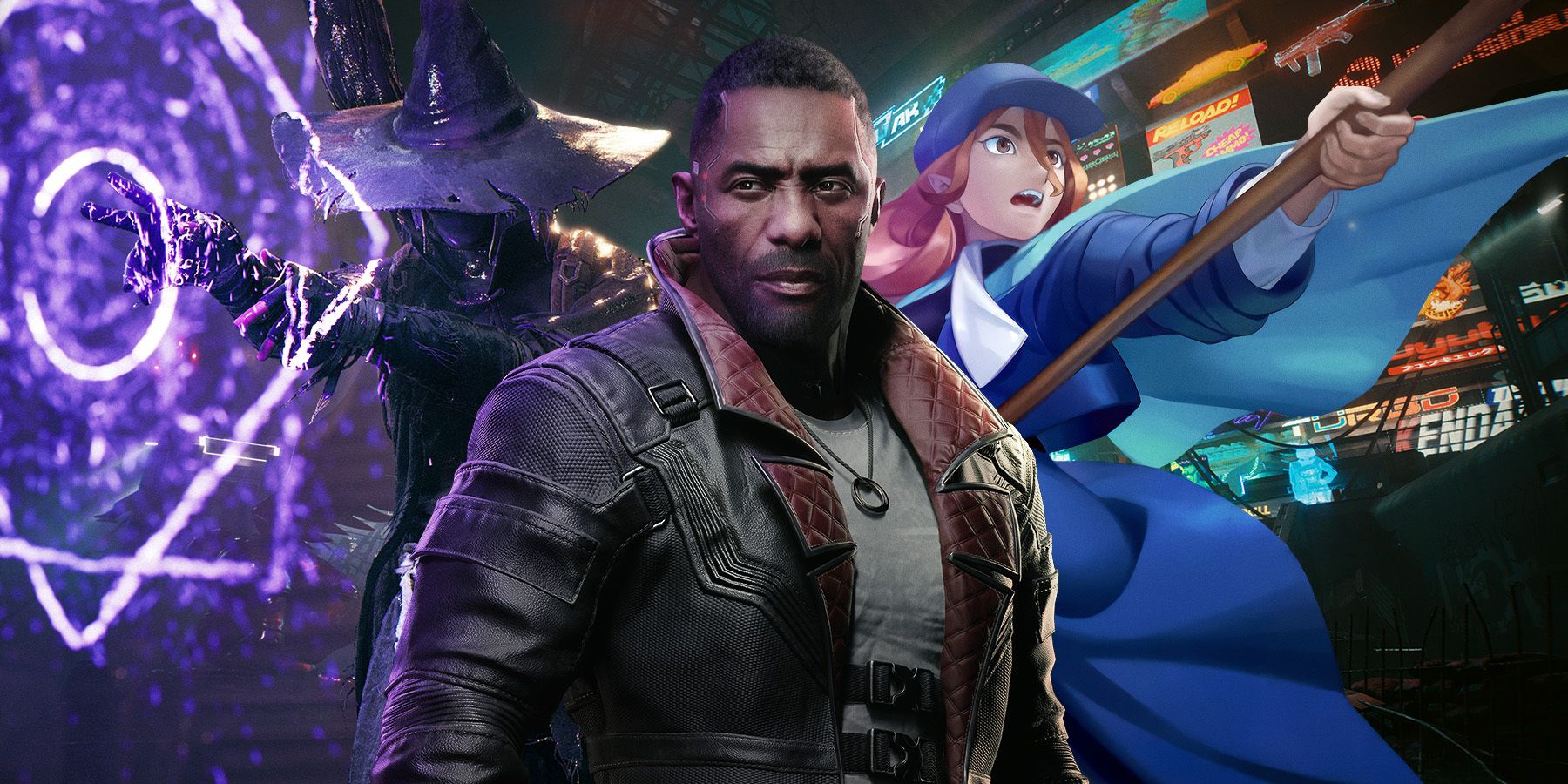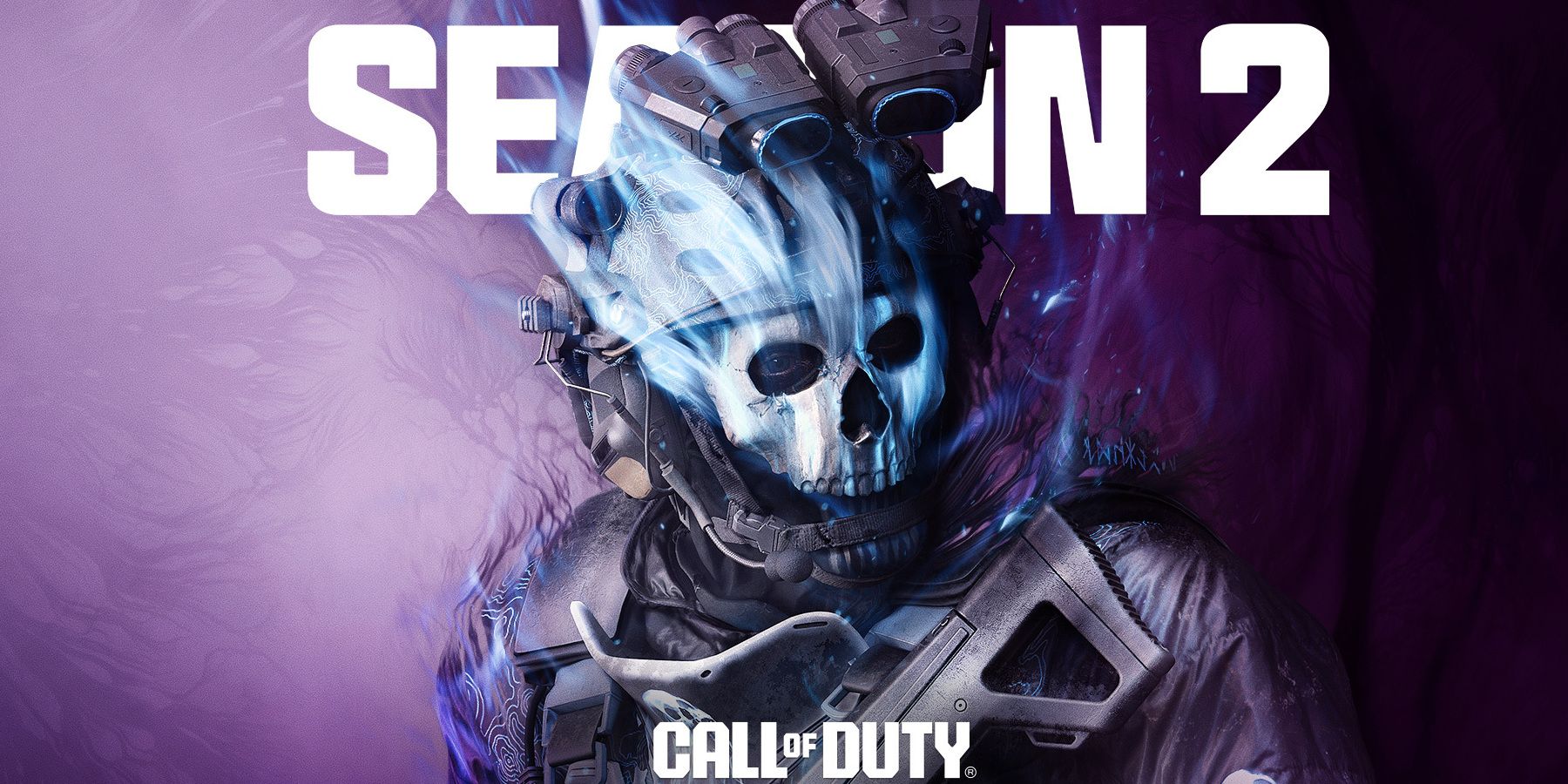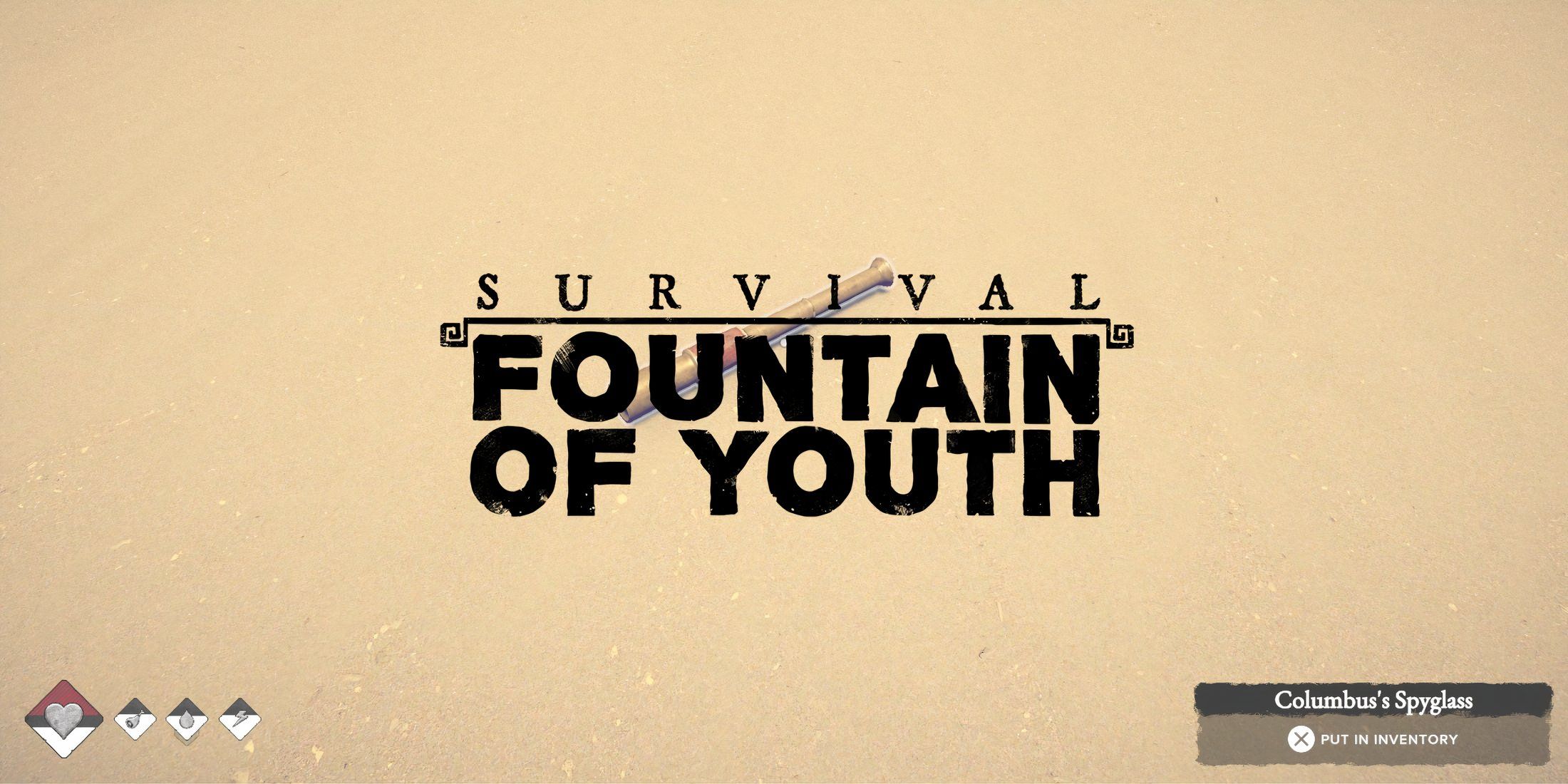Highlights
- Super Smash Bros. stood out from other fighting games with its unique stage design and gameplay, focusing on knocking opponents off the stage rather than draining their health.
- The game’s simple control style, with each character having the same set of button commands, made it easier to learn for new players while still offering complexity for high-level play.
- Super Smash Bros. was a groundbreaking crossover, featuring characters from various Nintendo games and offering an all-star cast that added to its popularity and impact in the gaming industry.
When Nintendo released Super Smash Bros. on January 21, 1999, it proved to be one of the most game-changing fighters in the genre’s history. While fighting games had existed for several years beforehand, Super Smash Bros. stood out from the competition in several ways. While it was a curiosity at launch, it would eventually grow into one of Nintendo’s biggest franchises. In fact, Super Smash Bros‘ sheer uniqueness was likely one of its biggest strengths.
The Super Smash Bros. series has gained significant acclaim, boasting a large fanbase as well as a notable competitive scene. However, long before the days of Sora arriving in Super Smash Bros. Ultimate, the series started with a single Nintendo 64-exclusive fighting game. It didn’t even have an arcade port the way that other popular fighting games did at the time. That was far from the only thing that set Super Smash Bros. apart from the competition.
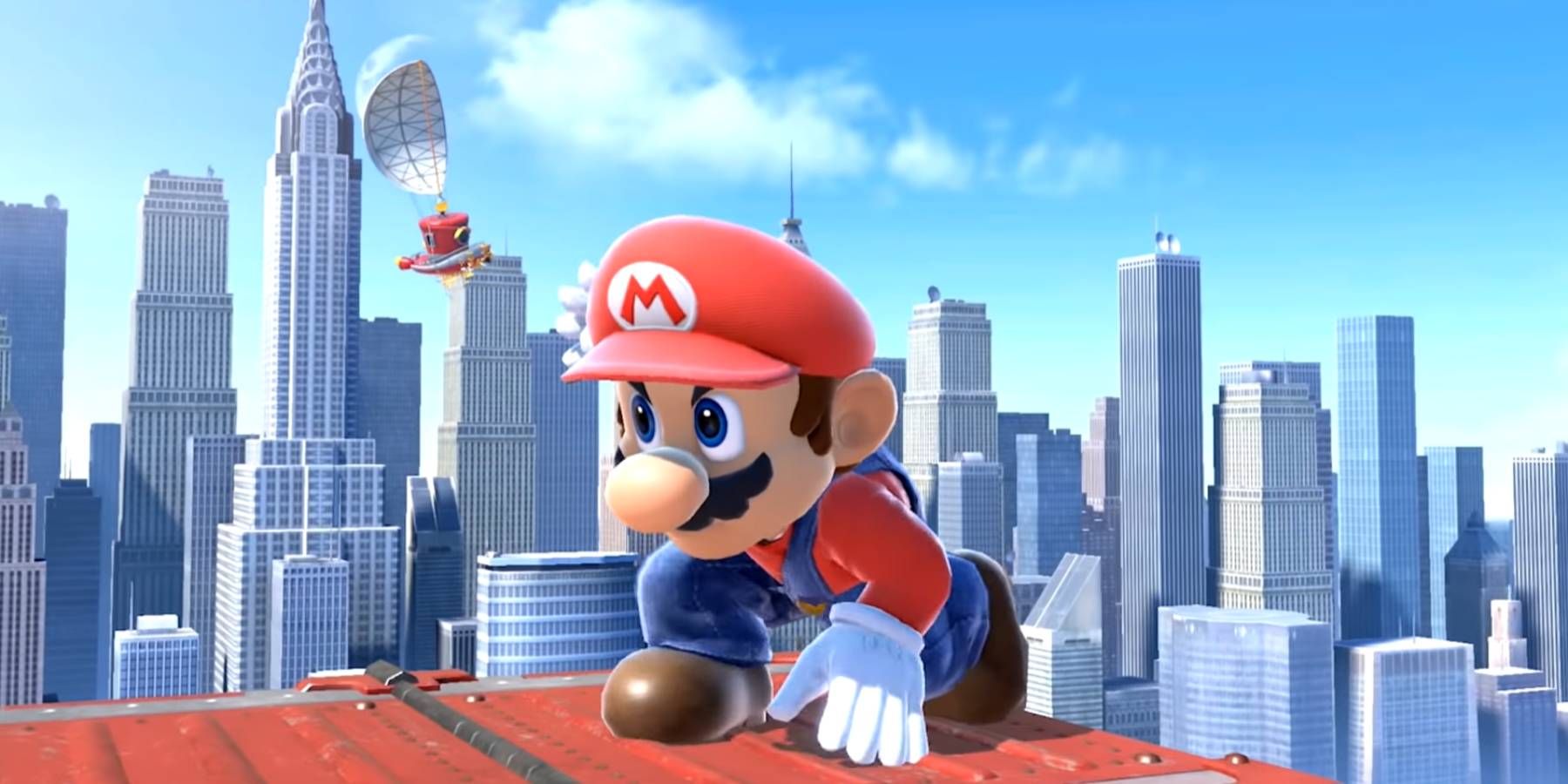
How Super Smash Bros. Ultimate Could Return as a Perfect Switch 2 Launch Title
Super Smash Bros. Ultimate was a landmark title for the Switch, and it could possibly repeat that feat as a Switch 2 launch title.
Super Smash Bros. Was About Ring-Outs, Not Knockouts
In the 1990s, as well as today, most fighting games take place primarily on a flat plane. Much of the time, different stages were little more than a selection of backgrounds. While mobility was still a factor in strategy, it was based on maneuvering around the opponent rather than anything regarding the stage itself. In a change of pace, the stages of Super Smash Bros. were quite varied, each playing a role in the game’s strategy.
In Super Smash Bros., each stage had a different design, with different platform setups. Additionally, some stages had hazards that players must keep track of, like the acid in Planet Zebes, adding an extra challenge. In addition, rather than draining the opponent’s health, the goal of each match was to knock the opponent off the stage. Players had to master mobility and positioning in addition to their chosen character’s moveset to succeed.
Super Smash Bros.‘ gameplay style was a departure for the genre, but it paid off. The amount of games following Super Smash Bros.‘ lead in recent years shows how the platform fighter genre has grown, although it has not overshadowed the more traditional fighting game formula in the process. The stage and gameplay design of Super Smash Bros. gave it a niche all to itself, and the series has reigned in that niche ever since.
While Super Smash Bros. is the best-known platform fighter, it didn’t originate the concept. Namco’s The Outfoxies, released in 1995, was a similar stage-based fighting game, although it didn’t feature Super Smash Bros. ring-out themed combat.
Super Smash Bros.’ Control Style Made it Easier to Learn
In almost every fighting game, each character has a distinctly different playstyle, with their own combos and special moves. Usually, this will give every character a different list of button commands for their moveset, requiring more effort to adjust from one character to the other. This is still present in the metagame of games like Mortal Kombat 1. Super Smash Bros. took another approach when it came to designing its characters.
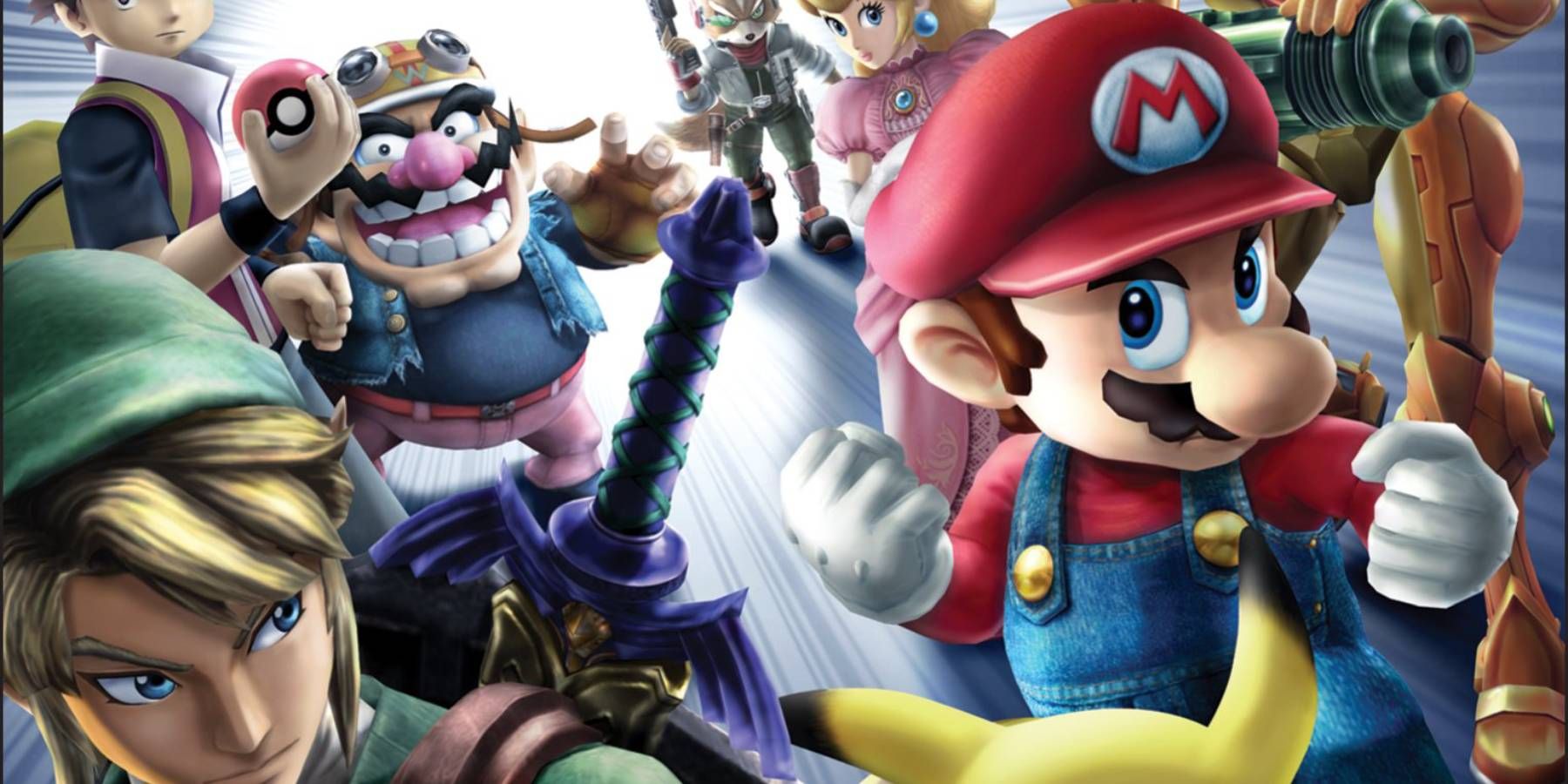
The Argument for a Super Smash Bros. Brawl Remake
While it may not be the series’ most famous entry, Super Smash Bros. Brawl is well deserving of a remake due to its important role.
In Super Smash Bros., every character had the same set of button commands for all of their moves. They used the A button for standard attacks, B for special moves, Z to guard, and R for throws. The difference came in the characters’ movesets themselves. Despite sharing command lists, every character has such different properties that even Mario and Luigi, the two most similar characters in the game, feel distinct enough from each other.
This also had the advantage of making the game more welcoming for new players. Beginners can learn Super Smash Bros. more quickly than most fighting games due to the simpler control style. At the same time, these same movesets and mechanics also translate well to intricate maneuvers and high-level play, as tournaments have shown. Super Smash Bros. has a high skill ceiling like most fighting games, but the low floor of entry for new players is a significant asset.
The Super Smash Bros. Roster Was Nintendo’s First Great Crossover
Super Smash Bros.‘ roster only featured a total of twelve characters, but it had one advantage over the competition. The roster consisted entirely of characters from other Nintendo games, with many of them being among the company’s most iconic heroes. While nowhere near as big as Super Smash Bros. Ultimate‘s gargantuan roster, it had one of the best selections of its era, considering that players could choose from:
- Mario
- Donkey Kong
- Link
- Samus
- Yoshi
- Kirby
- Fox
- Pikachu
- Jigglypuff
- Captain Falcon
- Ness
- Luigi
In 1999, video game crossovers and guest characters were not as common as they have become in recent years. While they did exist, Super Smash Bros. was arguably the most ambitious crossover to date. The entire roster consisted of Nintendo stars, most of which came from well-known properties. The only wholly original characters were the unplayable Fighting Polygons and Master Hand. This undoubtedly offered the game a lot of star power. By featuring many of the best Nintendo characters of the time period, it ensured an all-star cast.

A Super Smash Bros. Ultimate Successor Could Thrive With One Simple Strategy
Super Smash Bros. Ultimate is a hard-to-follow crossover title, but one simple strategy could make its successor as big of a hit.
While it was the addition of Sonic and Solid Snake in Super Smash Bros. Brawl that got widespread attention for being the first non-Nintendo characters in the series, Super Smash Bros. was a big crossover from the beginning. Most big fighting games make their casts iconic through the games themselves, but Super Smash Bros. featured characters who had already starred in their own adventures, seemingly to answer the question of which Nintendo hero would win a fight. Guest fighters would eventually become commonplace, but Nintendo practically built the game around the concept of a crossover.
Although there were no Final Smashes in Super Smash Bros., the Nintendo 64 original deserves credit for what it achieved. It was one of the best-selling games for the Nintendo 64, and ended up being the birth of what would become one of the company’s most beloved franchises. The game’s impact goes further than what it did for Nintendo, though. It broke most of the unspoken rules surrounding fighting games, and ended up being a remarkable success in spite of that. Super Smash Bros. broke the mold for fighting games, and it earned its legacy in gaming history.
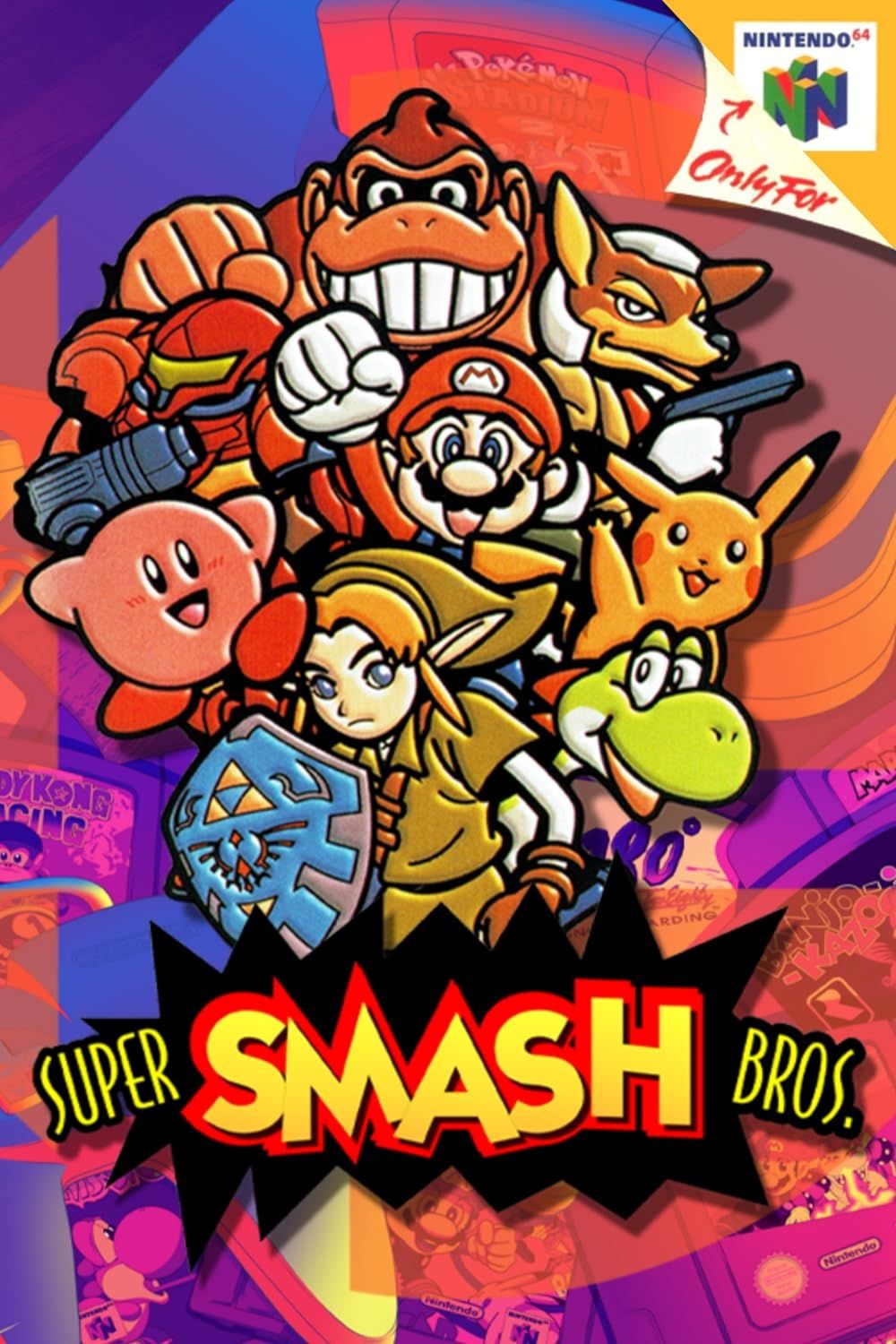
Super Smash Bros.
- Released
- April 26, 1999
- Publisher(s)
- Nintendo
- Genre(s)
- Fighting
- How Long To Beat
- 4 Hours
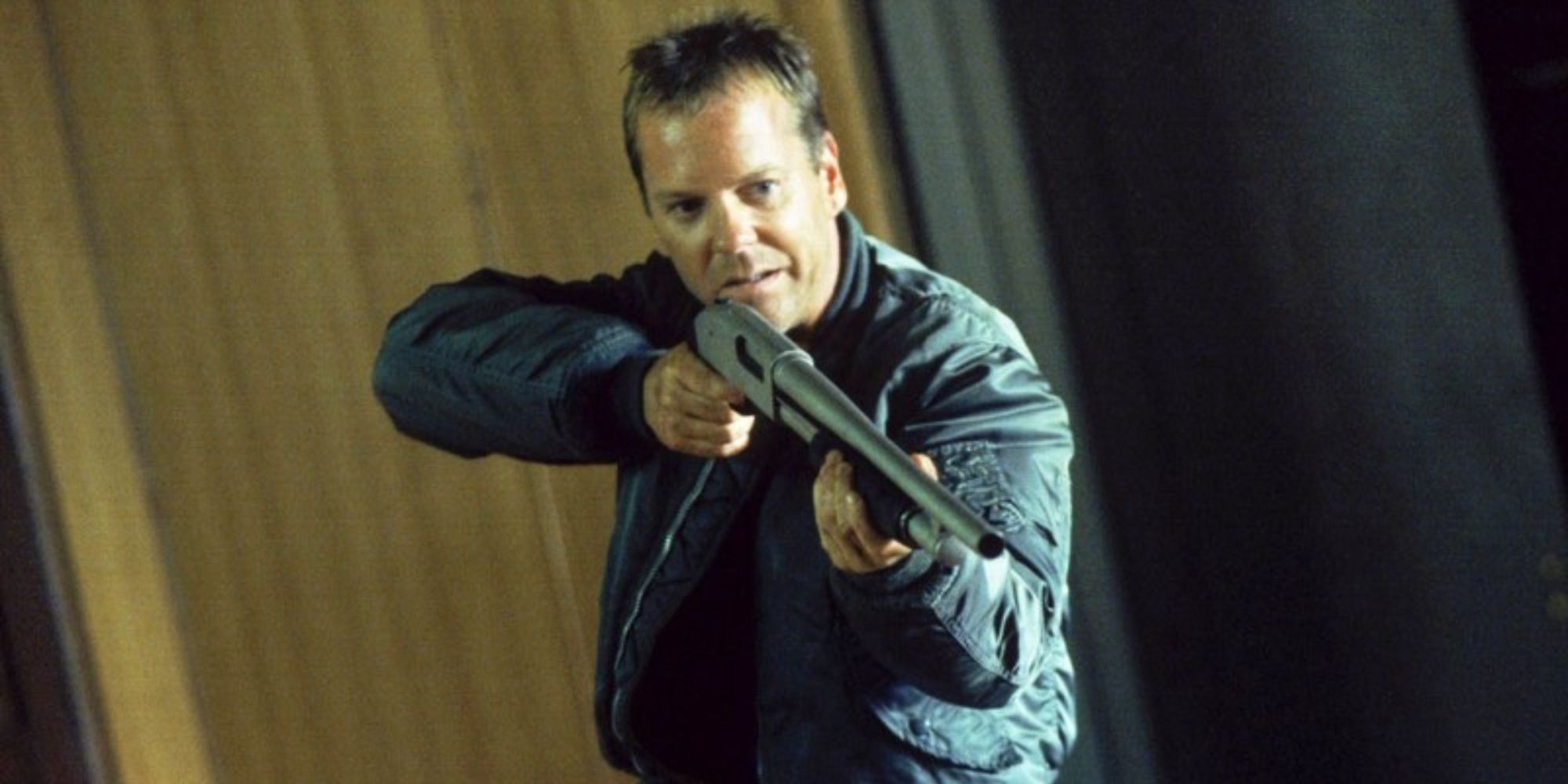
/cdn.vox-cdn.com/uploads/chorus_asset/file/19704536/acastro_200207_3900_firefox_0001.0.jpg)
